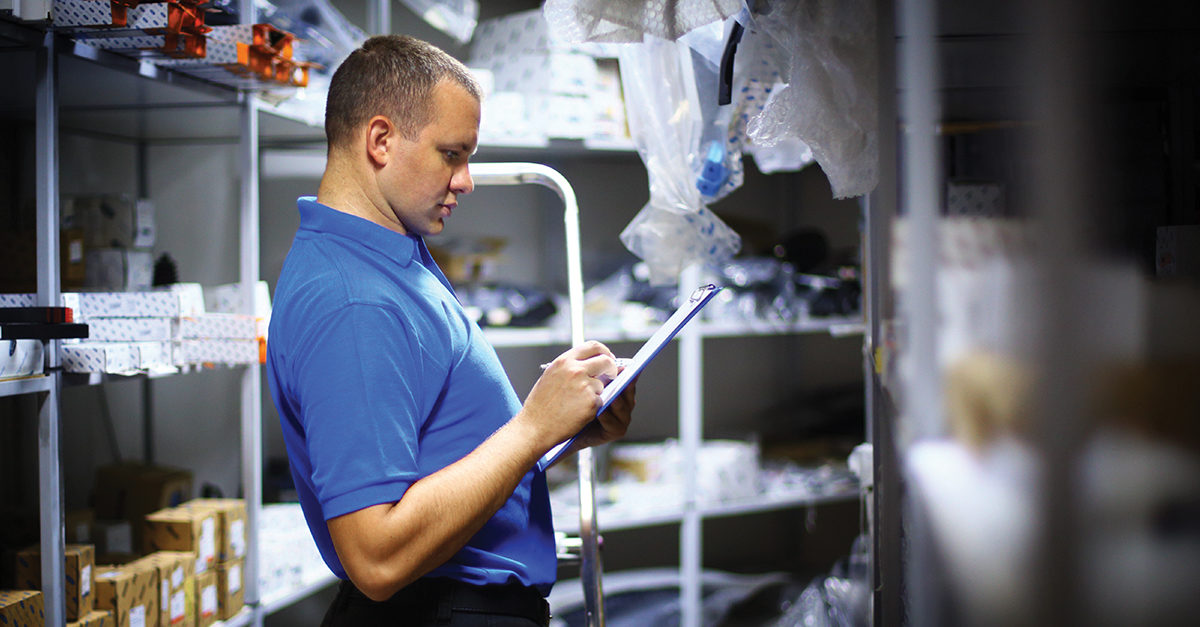Never before have custodians had as many cleaning products and equipment options available at their fingertips as they do now. While this may seem like a benefit for the facilities they are servicing, this unbridled access often leads to confusion for both the custodian and the manager in charge of purchasing the products.
For many industries—including the cleaning industry—the traditional distribution chain has been under siege from nontraditional sources, consolidations, and simple business failures throughout the past decade or so. As the speed of information and competition continues to grow, decisions regarding price, cost, and quality have become more complex instead of less. These decisions—including the type of service providers you use—have the potential to impact your building, staff, and quality control.
Evaluating Service Providers
Cleaning service providers, facility managers, or anyone else in charge of purchasing should look at their suppliers as a business partner, one who is in tune with their business and the image of their organization. Not only should a supplier be able to provide technical expertise, but also tie each recommendation into the overarching cleaning program. In today’s climate, your supplier is either with you or against you.
Buyers must consider the resources offered by their suppliers. Some resources may not mean as much to the purchaser of the products as the users of the products, and vice versa.
Large vs. Small Providers
Larger suppliers may offer benefits such as multiple national brands and larger delivery areas. Smaller providers may be more nimble and able to respond more quickly to out-of-the-ordinary requests for specialty items or smaller delivery quantities. This option may reduce downtime for an organization whose employees enjoy their field trip to a local big box store.
Other Provider Offerings
Today, we must also address reduced paperwork options, such as online ordering, monthly invoicing, purchase order processing, and other offerings to ease the soft costs of doing business. Other considerations include assistance and expertise in pursuing and reporting sustainability initiatives, training support, and equipment servicing. Again, some of these items are of greater interest to people outside of the environmental services or custodial department, and possibly outside the purchasing department, as well. Frankly, that is something the more recent entrants into the market understand all too well.
Price vs. Cost
Let’s examine price versus cost. Most purchasers understand the two are not the same.
Price is what you pay for an item, while cost deals more with what you get for that price. For example, dilution control cleaning chemicals (those that are used through a dispenser system) typically have a higher price tag than similar sized containers of ready-to-use chemicals or those requiring someone to measure out concentrates. However, with dilution control products, the mixture is more consistent and the in-use cost of the product is usually much lower than the real cost of lower priced options.
As another example, let’s consider a microfiber flat mop finish applicator system. These systems have been around for several years and can typically cost several hundred dollars. That price seems high compared to a mop bucket you may already have on site and a mop head that may be as low as US$10.
At first glance, there’s no way you would buy the system. However, the option seems more economical if we take into account the reduction of wasted floor finish, higher productivity during application, and quicker cleanup at the end of the job. If we add in the ergonomic benefits that accompany these systems by allowing workers to avoid injuries from the repetitive motions of mopping, the price can become more of an investment than an expense.
Waste Prevention and Product Reduction
If you want to make your organization long lasting, stop buying products you don’t need. It never fails to amaze me how much stuff we can cram into a custodial closet, and often, no one knows where all that stuff came from. Here are several tips to help you minimize what’s hiding in your janitorial closet:
Ask the Experts
When assessing your chemical line-up, involve some of the people that actually have to use the products every day. Obtain their feedback and insight as to what they really need to be effective. Typically, they need:
- A disinfectant for germ control
- A neutral floor cleaner for daily hard floor care
- A multipurpose cleaner for most of the other surfaces
- A glass cleaner.
This should cover the vast majority of daily cleaning requirements. You can add specialty products, but only when absolutely necessary.
Consolidate
Consolidation in other areas can produce savings. Look at your use of paper products in the restroom and elsewhere in the facility. How many different types of paper towels does the facility use? Can you explain why you might be using two or more different types? Sometimes there is a good reason, but, “because we have always used more than one,” is not a good reason, and if you are the buyer, you should know the real reason. Can you consolidate and get to one standard towel for the facility?
Use Universal Systems
Universal dispensers are designed to dispense products across a range of similar products. Proprietary dispensers will typically dispense a very limited variety of products. Proprietary dispensers are usually reserved for specific needs and newer products to the market; often the dispenser itself is the innovation.
Manufacturers invest great sums of money developing their latest goods, and while they would love for you to use them, they want to make sure you don’t take advantage of the new dispenser only to use the same old roll towel. Using universal dispensers can help to keep your options open.
Making the Final Decision
If everything is equal, go with the lowest price. The problem: Things are rarely equal. When you find a supplier of products that understands your business, your goals, and your initiatives, reward them with the business and view them as a resource.



